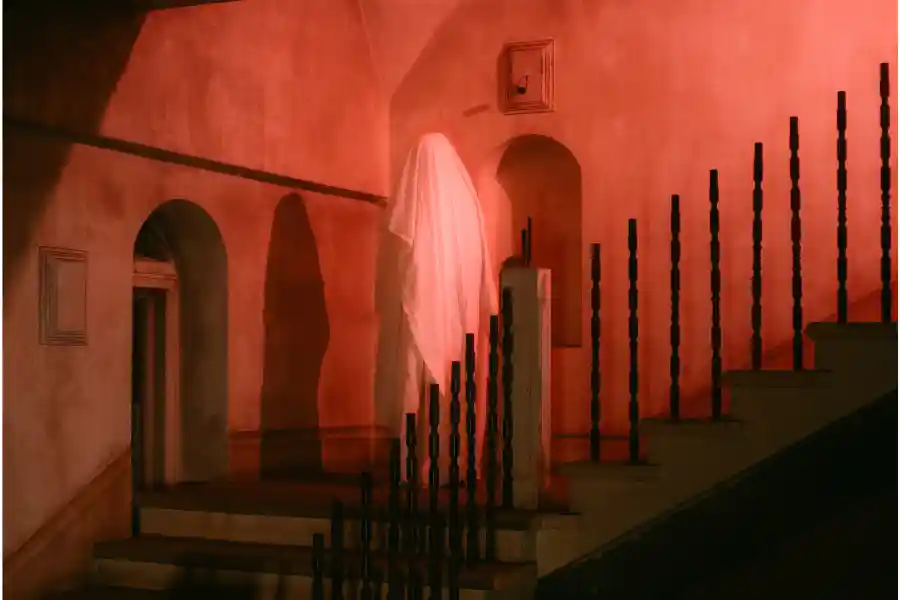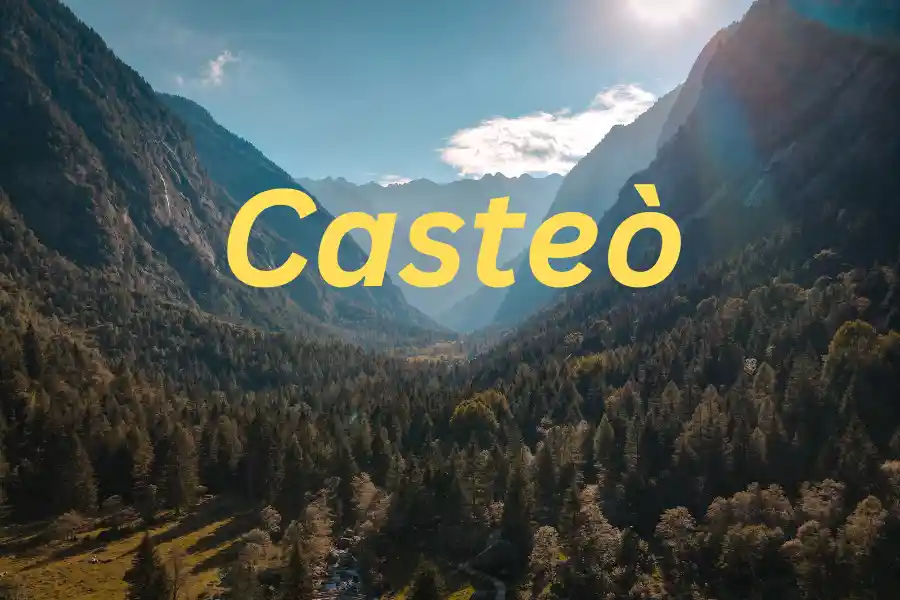Imagine yourself on a sunny terrace, surrounded by ancient stone houses and the aroma of wood-fired pizza. Welcome to Casteò, where time blends history with modern charm. In 2024, we’re exploring the question: What is casteò? It’s not just a place; it’s an experience, an adventure in unravelling its secrets. Join us on a journey through time, taste, and beauty, discovering the essence of this hidden gem that has shaped cultures and sparked discussions on equality.
Buckle up for a captivating exploration of casteò, where every step unveils a piece of its intriguing story.
What is Casteò?
Casteò is more than just a spot; it’s like a secret waiting to be discovered, a mystery hidden in old stone and sunny valleys. Imagine waking up to the smell of freshly baked bread in charming streets and hearing church bells in the breeze. Imagine yourself on a hill, looking at rooftops of different colours sloping down to a turquoise river, telling stories of forgotten empires. Every turn has stories from medieval times, and every square is lively with today’s energy. It’s not just a place to see; it’s an adventure that sparks your desire to explore, where history and modern life blend near ancient castles, and your travel dreams feel alive with every heartbeat.
Origin of Casteò
Casteò’s origin, like its winding streets, unfolds with layers, revealing a captivating story. This town in northern Italy started as a hilltop fort in the 9th century, guarding the Po Valley. Over time, it became a bustling medieval town, attracting traders and artisans. The name Casteò, from the Latin “castellum,” reflects its fortified past. Evolving through the centuries, it absorbed influences like Romanesque basilicas and Renaissance palazzos, leaving legacies of wealth and art. Today, Casteò blends its medieval past in narrow lanes with modern streets, creating a unique Italian gem where echoes of the past and the pulse of the present come together in a rich tapestry.
Casteò in Different Cultures

Roman Roots
Casteò’s history goes way back to Roman times, seen in its old streets and remnants of an aqueduct that share tales of ancient emperors. The town’s love for wine and traces of Latin in the local language echoes this period.
Medieval Charm
Walking into Casteò’s historic center feels like stepping into the past. The narrow streets, strong walls, and a grand castle create a medieval atmosphere. Festivals reenact old battles, celebrating local legends, and even the food, like hearty stews and wood-fired bread, reflects this period.
Renaissance Influence
The Renaissance brought an artistic and intellectual awakening to Casteò. Wealthy merchant families left their mark with ornate palaces and beautiful frescoes in churches, shaping the town’s architectural richness.
Napoleon’s Impact
Napoleon Bonaparte’s military campaigns left a lasting mark on Casteò, with an imposing fortress still standing. Beyond the war, Napoleon introduced administrative reforms that influenced the town’s modern structures and institutions.
Modern Melting Pot
Today, Casteò is a blend of all these influences. It’s a lively town where ancient traditions coexist with contemporary trends. The sounds of Vespa scooters mix with the rhythms of cooking in the kitchen, creating a dynamic cultural blend that makes Casteò a fascinating place to explore.
Also Read: https://diagonaux.com/the-power-of-mymadeinke-a-deep-dive-into-modern-art/
Why is Casteò a must-visit destination in 2024?

Discover why you should visit Casteò in 2024: it’s like a time machine, showing you old streets with stories from medieval, Renaissance, and Roman times. The Rocca fortress keeps secrets from centuries ago, and every stone on the ground has a tale. Feel the real Italy by exploring local markets with fresh foods and cool things to buy, and taste unique dishes like Pizzoccheri and Barolo wines.
If you love nature, you’ll enjoy the calm hills, vineyards, and pretty valleys. Casteò is unique because it mixes Roman, medieval, and Renaissance styles, as seen in festivals, colourful pictures on walls, and things made by hand. It’s not a busy tourist spot but a friendly place where locals welcome you with smiles and genuine Italian kindness.
Debunking Casteò-Related Myths
Myth: Casteò is a ghost town.

Contrary to belief, Casteò is lively, especially in warmer months, with locals and tourists gathering in bustling piazzas. Traditional shops line the streets, and the aroma of fresh bread and simmering sauces fills the air.
Myth: There’s nothing to do in Casteò.
Untrue! Casteò caters to diverse interests. History enthusiasts can explore the Rocca fortress and delve into medieval and Renaissance history, while nature lovers can hike scenic trails, cycle through vineyards, or kayak down the river. Foodies can enjoy regional delicacies and discover hidden trattorias with authentic Italian fare.
Myth: Casteò is only accessible by car.
Although a car is convenient, Casteò is easily accessible by public transportation. Trains connect the town to major cities like Milan and Turin, and buses provide additional options for exploration.
Myth: Casteò is unsafe.
Casteò is a safe and welcoming town with a lower crime rate compared to larger cities, thanks to the hospitality of its locals.
Myth: Casteò is expensive.
While some aspects, like upscale dining, can be pricey, Casteò offers budget-friendly options, including affordable accommodation, street food, and free cultural experiences in the historic center.
Future of Casteò
Casteò’s future looks bright, bringing together sustainability, technology, great food, fun festivals, and incredible art. Imagine the town’s old streets becoming eco-friendly, with only people walking, electric carts and bikes around, and solar panels on roofs. Ancient walls could show cool digital pictures, and you could use special glasses to see history like a fun game.
Food in Casteò could get even better, with fancy restaurants in old buildings making both classic and new dishes. There might be fabulous festivals with people dressed like knights and lots of music and dances. Artists could turn old places into studios and put cool art outside for everyone to see. Casteò wants to keep its old stories but also try new things, making it a fantastic place for a long time. Whether you like history, food, or art, keep Casteò in your plans; it’s going to be even more awesome soon!
FAQs
Why is Casteò significant?
Casteò is a historically rich town with Roman, medieval, and Renaissance influences, making it a culturally significant destination.
How can tourists access Casteò?
Easily accessible by both car and public transportation, Casteò is well-connected by trains to major cities like Milan and Turin.
Is Casteò safe for travelers?
Yes, Casteò is known for its safety, boasting a lower crime rate compared to larger cities and providing a secure environment for exploration.
What unique experiences await in Casteò?
From exploring the medieval Rocca fortress to enjoying Michelin-starred restaurants, Casteò offers diverse and unique experiences for visitors.
How does Casteò prioritize sustainability?
Casteò envisions a sustainable future with eco-friendly practices, including pedestrian zones, solar panels, and a commitment to reducing its carbon footprint, attracting environmentally conscious tourists.
Conclusion
In summary, Casteò is a captivating destination that seamlessly blends Roman, medieval, and Renaissance influences. With easy accessibility, a safe environment, and a commitment to sustainability, it offers a rich experience for visitors. The town’s allure extends from historic landmarks to cultural festivals and innovative culinary scenes. As Casteò continues to evolve, it promises even more incredible wonders, ensuring its position as a cherished destination in the heart of Italy.
If you want to learn more, visit our blog, diagonaux.com.

Hi there! I’m Admin and writer at Diagonaux.com, with over 30 years of experience. I love playing with words, whether it’s covering news, diving into business topics, or creating beautiful poems and stories. Making complex things easy to understand is my superpower. Join me on this writing journey, where I bring words to life in various exciting ways!





Leave a Reply